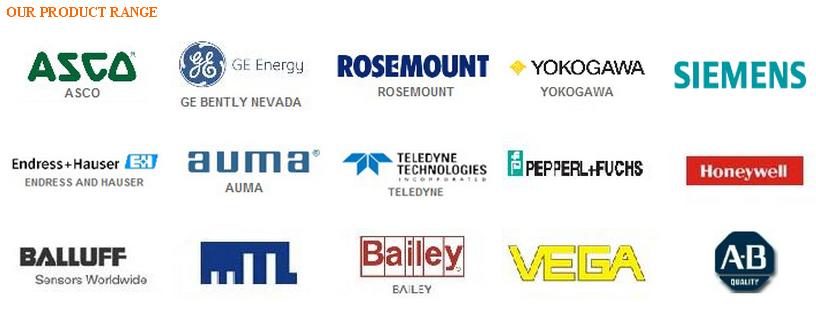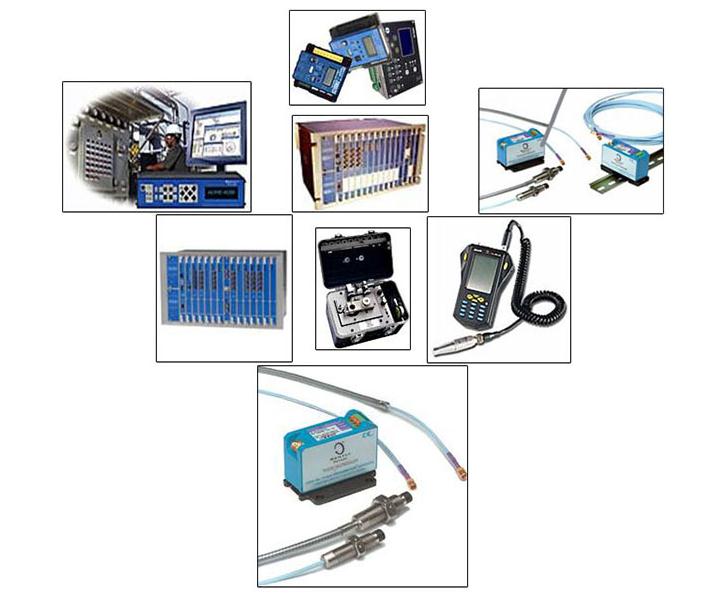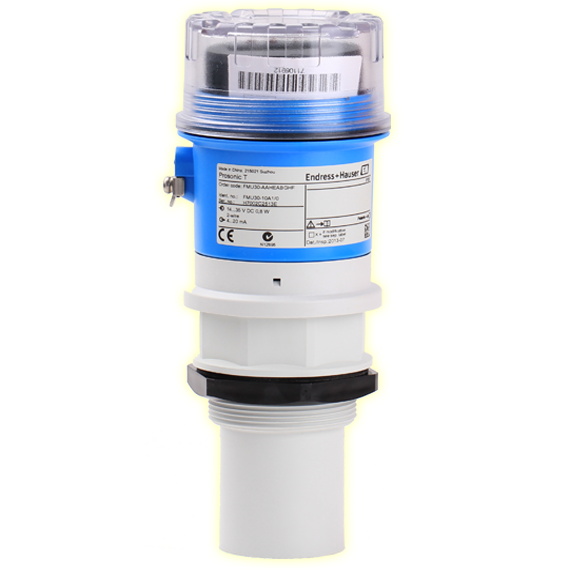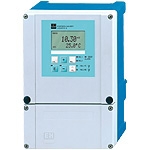GE Bently 3300 XL Ceramic Capped Probe
Ceramic capped probes have long been used in harsh machine environments because of their ability to withstand a variety of destructive chemical and usage applications. If severe environments have prevented you from monitoring your machinery assets correctly, our line of ceramic capped probes may be just the solution you've been waiting for.
The 3300 XL Ceramic Capped Probe is a state-of-the-art solution for monitoring machinery in aggressive chemical or high-pressure environments. The alumina cap and 304 stainless steel probe case provide robust protection and increased life for applications in anhydrous ammonia or other extreme pH environments. The ceramic capped probe is compatible with the 3300 XL Proximitor® Sensor and extension cable.


Specification
Unless otherwise noted, the following specifications are for a 3300 5mm system including ProximitorSensor, extension cable and probe between +18 °C and +27 °C (+64 °F to +80 °F), with a 24 Vdc power supply, a 10 kW load, and an AISI 4140 steel target. Performance characteristics apply to systems that consist solely of 3300 XL components. The system accuracy and interchangeability specifications do not apply when using a transducer system calibrated to any target other than our AISI 4140 steel target.
Specification
Probe nominal dc resistance table:
Probe Length Resistance from the Center Conductor to the Outer Conductor (ohms)
- 0.5 7.45 ± 0.50
- 1.0 7.59 ± 0.50
- 2.0 7.88 ± 0.50
- 5.0 8.73 ± 0.70
- 9.0 9.87 ± 0.90
Linear Range: 1.52 mm (60 mils). Linear range begins at approximately 0.25 mm (10 mils) from target and is from 0.25 to 1.78 mm (10 to 70 mils) (approximately –4 to –16 Vdc).
Recommended Gap Setting: 1.0 mm (40 mils)
The linear range of the ceramic-capped probes are shifted compared with standard 3300XL probes. The probes are very robust but cannot withstand direct mechanical loads on the probe tip. Gap the probe electrically and avoid contact with the target surface.Configuring the monitor when using ceramiccapped probes requires extra care. Due to the shift in the curve from that of a standard 3300 XL probe,the probe tip may contact the shaft before the lower OK limit is reached. A monitor modification may be required to accommodate this condition.IncrementalScale Factor (ISF)
Standard 5 metre system: 7.87 V/mm (200 mV/mil) ±5% including interchangeability error when measured in increments of 0.25 mm (10 mils) over the 60 mil linear range from 0 to +45 °C (+32 °F to +113 °F).
Standard 9 metre system: 7.87 V/mm (200 mV/mil) ±6.5% including interchangeability error when measured in increments of 0.25 mm (10 mils) over the 60 mil linear range from 0 to +45 °C (+32 °F to +113 °F).
Hazardous Area Approvals CSA/NRTL/C
Ex ia IIC Class I, Div. 1 Groups A, B, C & D T5 @ Ta = -51°C to +40°C Per drawings 141092, 140979, CA22000
Ex nA IIC Class I, Div. 2 Groups A, B, C & D T5 @ Ta = -51°C to +40°C Per drawings 141092, 140979, CA22000
Probe Tip Material: Alumina ceramic (AlO3)
Probe Case Material: AISI 304 stainless steel.
Probe Cable Specifications: Standard cable: 75 W coaxial, fluoroethylene propylene (FEP) insulated probecable in the following total probe lengths: 0.5, 1, 2, 5, or 9 metres
Environmental Limits Probe Temperature Range Operating and Storage Temperature: -51 °C to +177 °C (-60 °F to +351°F)
Probe Pressure: Rated to seal 34 Bar (500 psi) Nitrogen. Modifications are available for applications involving higher pressures.






